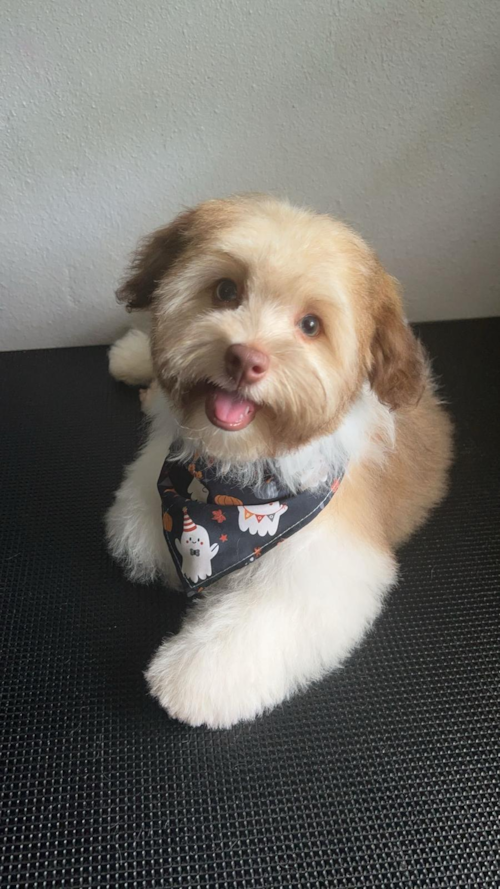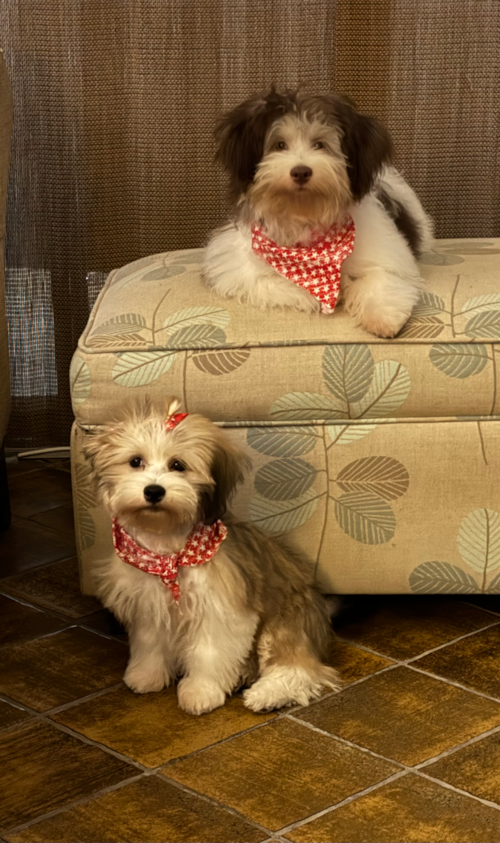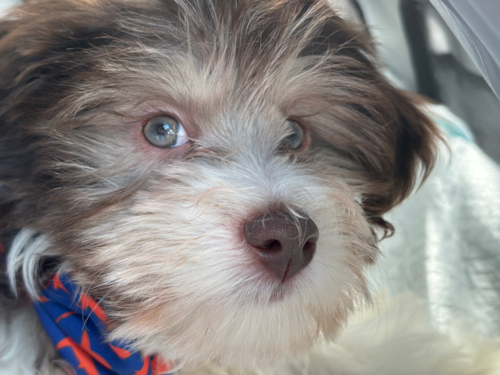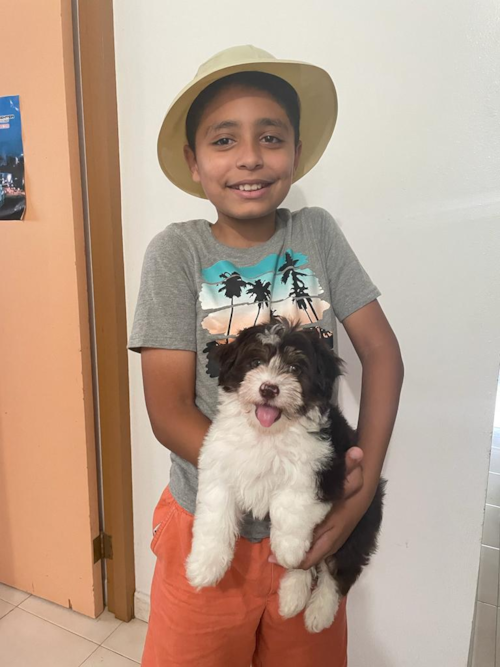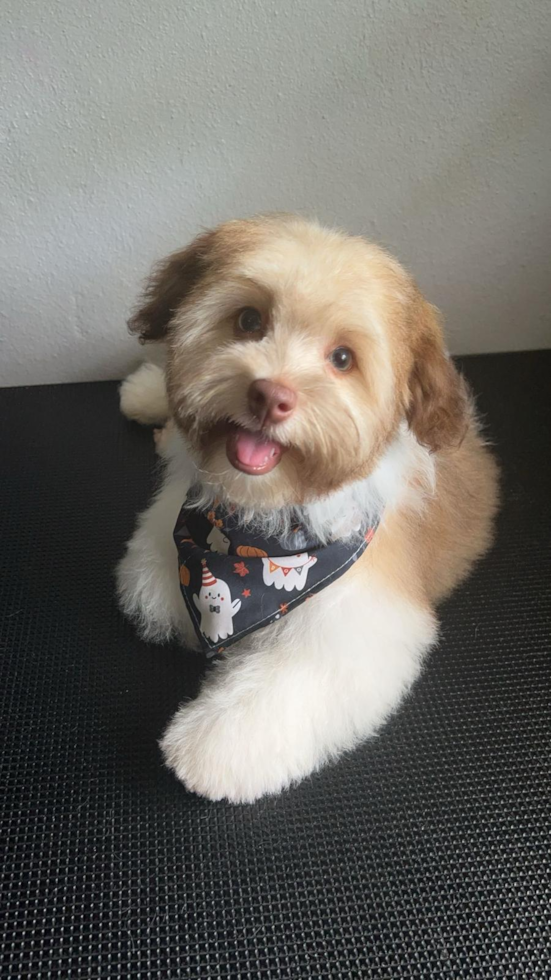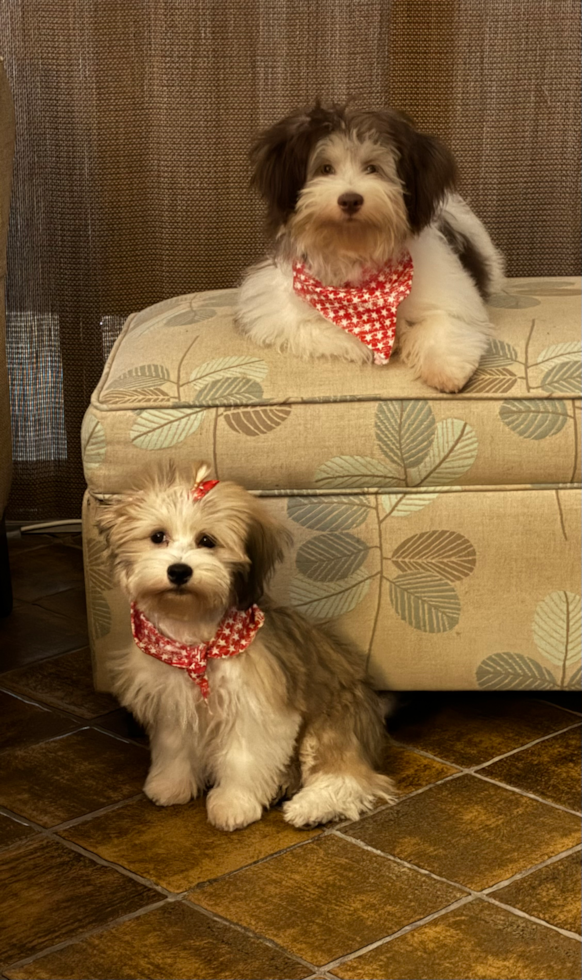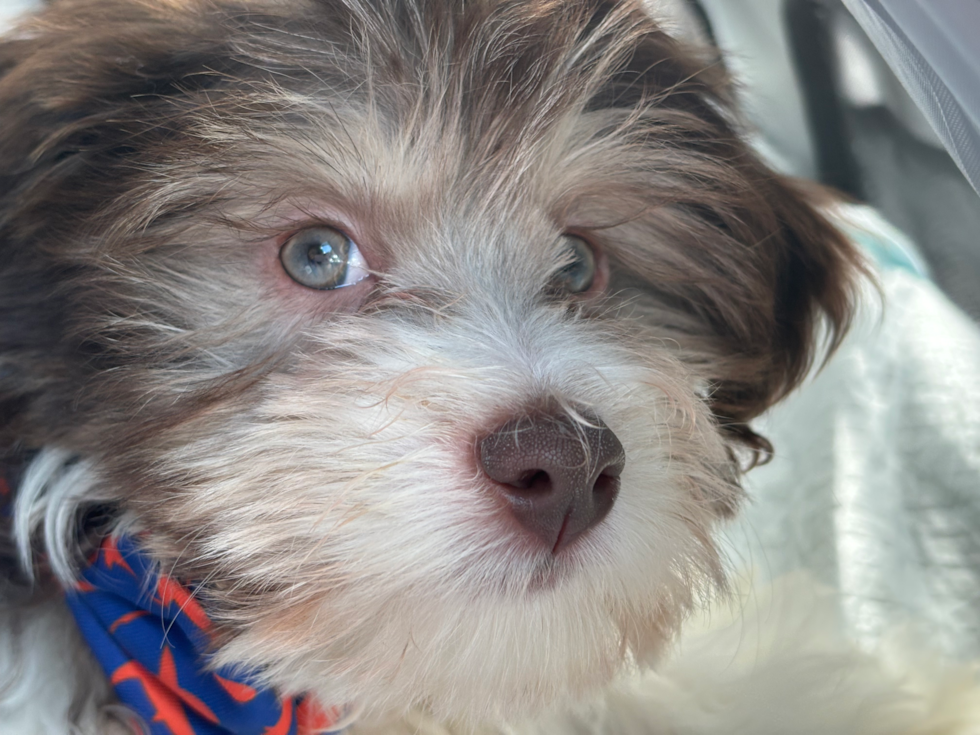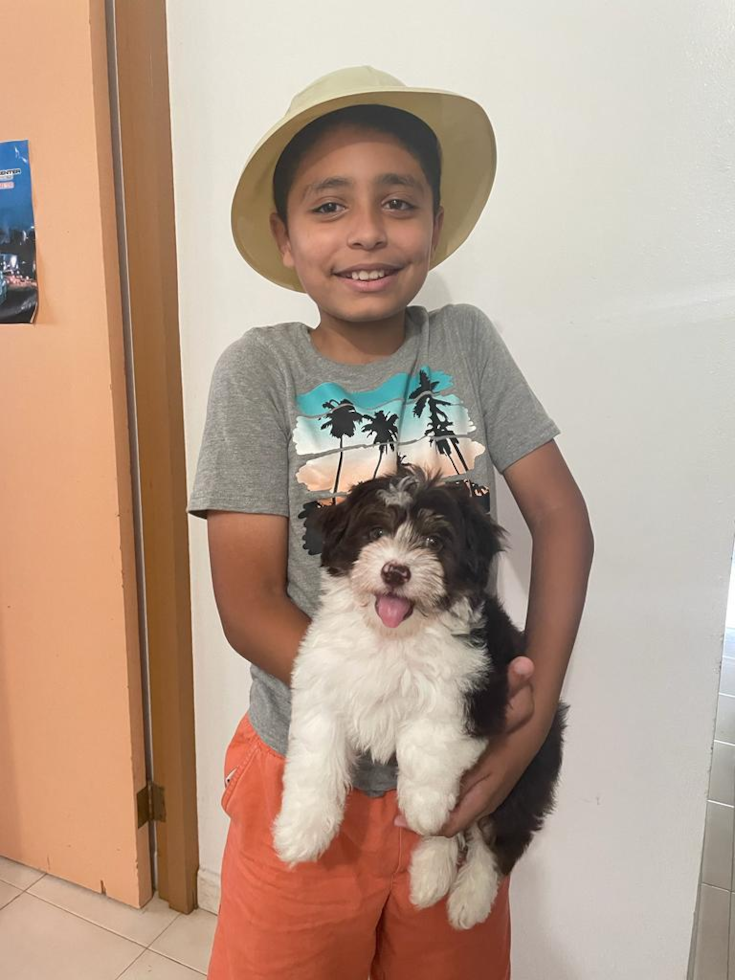Havanese Breed Information
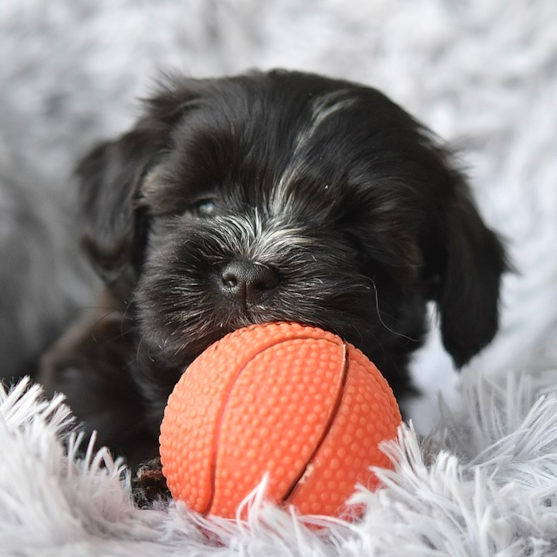
Gracious, sweet, and completely lovable, the Havanese puppy was made to bring joy to those around it. Havanese puppies are fantastic little dogs that love to play, cuddle, and make friends with everyone. Their paws are bouncy, their tails are curled, and their mood is always bright. With a Havanese puppy by your side you are guaranteed to get more smiles and a stronger sense of being loved. As their history teaches us, these dogs were raised in the lap of luxury among royals, noblemen, and aristocrats. They love attention with a passion and are immensely fond of doting on their humans.
Characteristics
- The Havanese is also known as the Havana Silk Dog and the Bichon Habanero and is the national dog of Cuba
- The cute Havanese puppies have been around for over 500 years
- The Havanese puppies have official recognition from the American Kennel Club. They are part of the Club’s Toy Group and members of the Barbichon family
- Docile, kind, and gentle, the Havanese is an excellent dog for a family with children
- Havanese puppies are very intelligent and easily trainable
- With an affectionate nature and an upbeat personality, the Havanese can make a most wonderful therapy dog
- The Havanese dogs are well known for their friendly disposition. They get along well with other dogs, kids, cats, and strangers
- Not overly vocal yet plenty vigilant, the Havanese will use its high pitch bark alert to approaching visitors
- Havanese puppies fit wonderfully in a senior family, in a family with kids, and with single owners
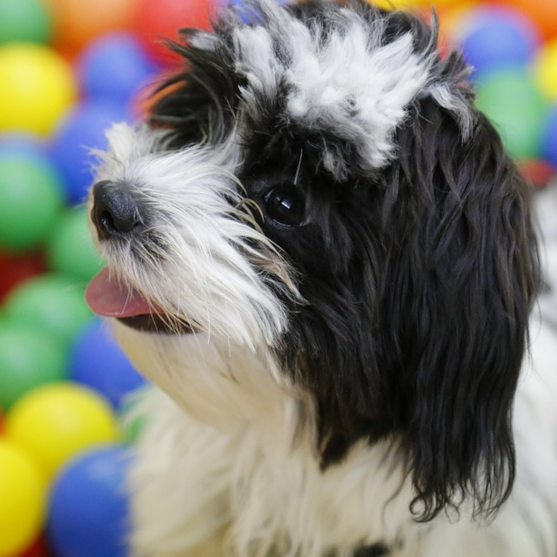
Appearance
The Havanese are darling, toy-sized dogs that appear very friendly and affectionate. Their walk is playful and confident, while their demeanor speaks to their sweet-loving personalities.
As per the breed’s official standard, the Havanese size should reach no more than 12 inches in height and 13 pounds in weight. A full-grown Havanese can weigh as little as 7 pounds and reach its adult height at 9 inches. The beautiful, toy sized Havanese dogs impress with an athletic build, gorgeous, almond-shaped eyes of a dark color, adorable ears that hang close to their sweet round faces, and a fluffy tail that is wonderfully curled towards their backs.
The Havanese hair grows quite long and may appear with slight waves or be completely straight. Generally, adult Havanese dogs have a straight-textured coat that falls to the ground. They may have multi-colored coats or appear with a single color. Havanese colors include white, black and white, chocolate, tan, gray, blue, and silver.
Photos
Temperament
Havanese dogs are perfect little companion pets that match wonderfully with any type of owner. Thanks in great part to their easygoing nature and adaptability, the Havanese pups fit in anywhere from city and apartment life to countryside living and farm life. They are excellent pets to have if you are a family with children and they make great little companions for adults and seniors.
Kids and Havanese puppies play well together, like a friendship that was always meant to be. Since these fur-babies aren’t known for being jumpy or aggressive, but rather calm and patient, they are one of the best nanny dogs for children.
Another amazing aspect about Havanese dogs is that they can be trained for therapy work and emotional support. Their nature is mild and sweet, and they are always aware of their owner’s moods and needs. One of the things these dogs terribly dislike is being on their own. Because they’ve always been companions to humans, the Havanese aren’t meant to be left in solitude all day. They crave the presence of their owners and do not cope well with being alone in an empty house.
Care
Havanese Grooming
Havanese puppies and Havanese adults don’t have high grooming requirements. When the Havanese are still puppies, it is beneficial to help them get comfortable with being handled and accustomed to being around grooming tools. You can opt to brush them once every week or so if you find that their coats aren’t quick to tangle. If their coats tend to get matted or tangled more easily, it is beneficial to brush them two to three times every week. It is recommended to bathe your little Havanese dogs once or twice every month and clip their nails at least bi-monthly. To avoid any type of dental issues, it is also recommended to brush your Havanese dog’s teeth regularly.
Havanese Exercise Needs
Although they might love to indulge in a short friendly chase at the park, Havanese dogs aren’t a breed that loves to be as active as other dogs. Take them for a walk or two every day and you’ll have a happy fur baby on your hands. Because exercising their minds is as important as exercising their bodies, you should provide them with mentally stimulating games and puzzles that they can work on while indoors.
Havanese Health
Most Havanese dogs live long healthy lives without any serious ailments that affect the quality of their life. Like all dogs, they may be prone to certain conditions that are inherited as a breed, developed individually, or that are a result of old age. Among possible Havanese health issues are allergies, deafness, dental issues, and ear infections.
Havanese Lifespan
Havanese dogs have a lifespan of 13 to 15 years. Although 13 to 15 years is the common Havanese life expectancy, there are some that surpass the 15 years. The oldest Havanese dog on record lived to be 18 years and 2 months. Make sure your dog never misses their regular vet check-ups, walks, and meals, and you will have your happy companion with you for many years.
Havanese Training
Apart from being extra cute, the Havanese puppies are also quite intelligent and easy to train. They do best with a trainer that has a gentle approach and lots of treats in his pocket. Although they are a mild and gentle breed, the Havanese puppies need to learn how to socialize and behave around other pets and small children. They are not known to display aggressive behavior like nipping or growling, but despite them being friendly, they should be socialized early to ensure they grow up to be well-mannered adults. Havanese puppies should be gradually introduced to new distractions, places, people, and pets.
Adult Havanese dogs very much dislike being left alone at home and should be trained early to be a little bit more independent. It is beneficial to practice leaving and coming back a few minutes at a time multiple times a day, to get your little puppy used to entertaining itself while you are out of sight.
History
Also known as the Bichon Habanero and the Havana Silk Dogs, the Havanese have a long and beautiful history filled with travels and luxury. As their history reveals, the Havanese ancestors embarked on a journey to Havana Cuba accompanied by Spanish colonists at the start of the 16th century. Although their exact point of departure is unknown, what is known about these wonderful dogs is that they found fame wherever they went.
Once they arrived in Cuba, the immensely popular Bichon-type dogs were quickly given the name Bichon Habanero, making them the official dog breed of the Cuban Republic. Cuban aristocrats favored the little Havanese dogs above all other companion pets and made them an icon and treasured asset that only the rich could afford. As time went by and the Havanese breed defined into the superb dogs we know today, they once again boarded ships and set out on their world travels.
As they reached Europe, Australia, and the United States, the little Havanese dogs stepped off their ships right into the spotlight. They once again found favor among aristocratic families and were quickly given official recognition from kennel clubs worldwide. The American Kennel Club gave the dogs their official recognition in 1996, granting them a spot in the Toy Group. Today, the toy Havanese dogs are the 24th most popular breed in the United States and one of the most popular worldwide.






